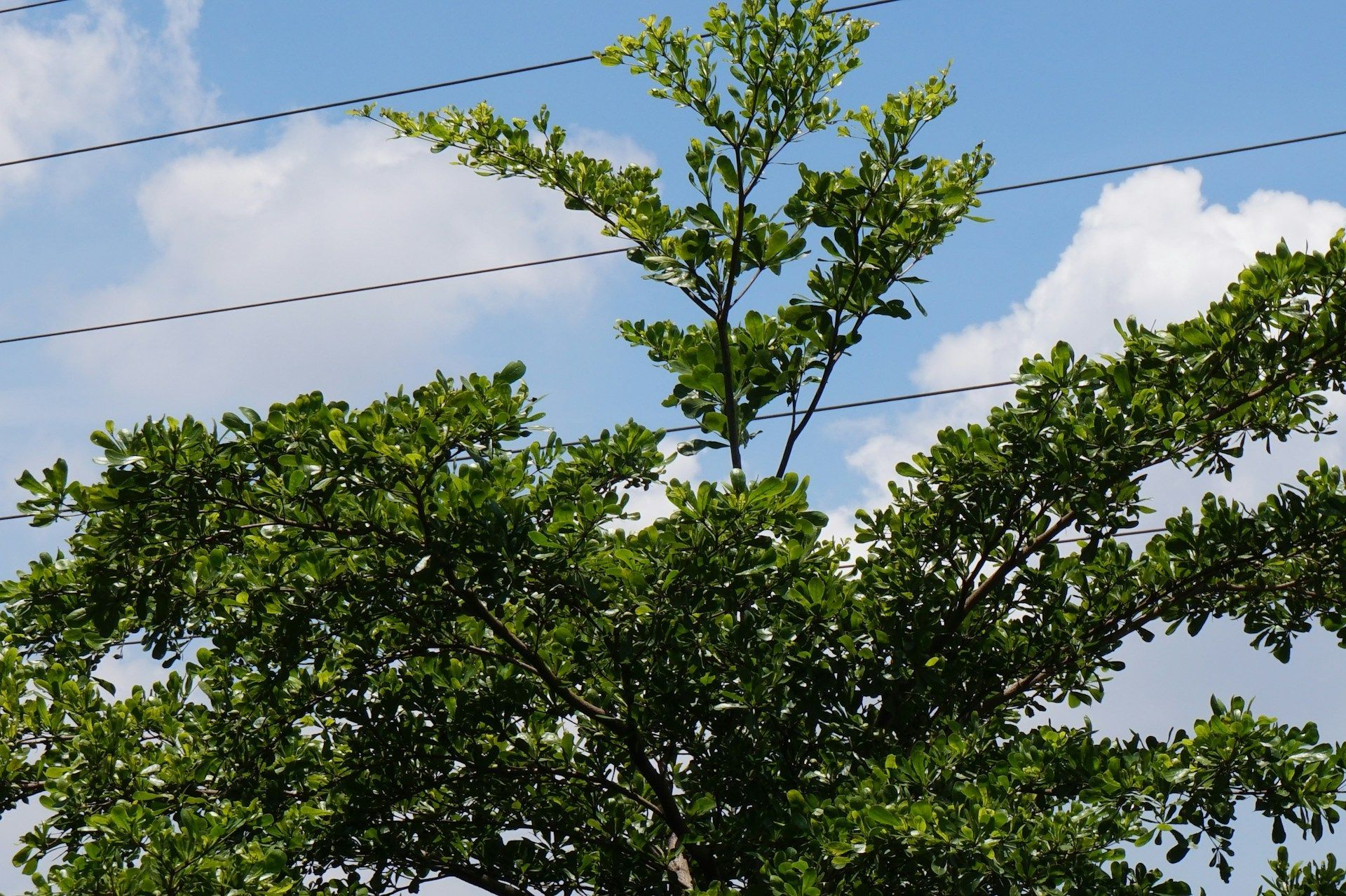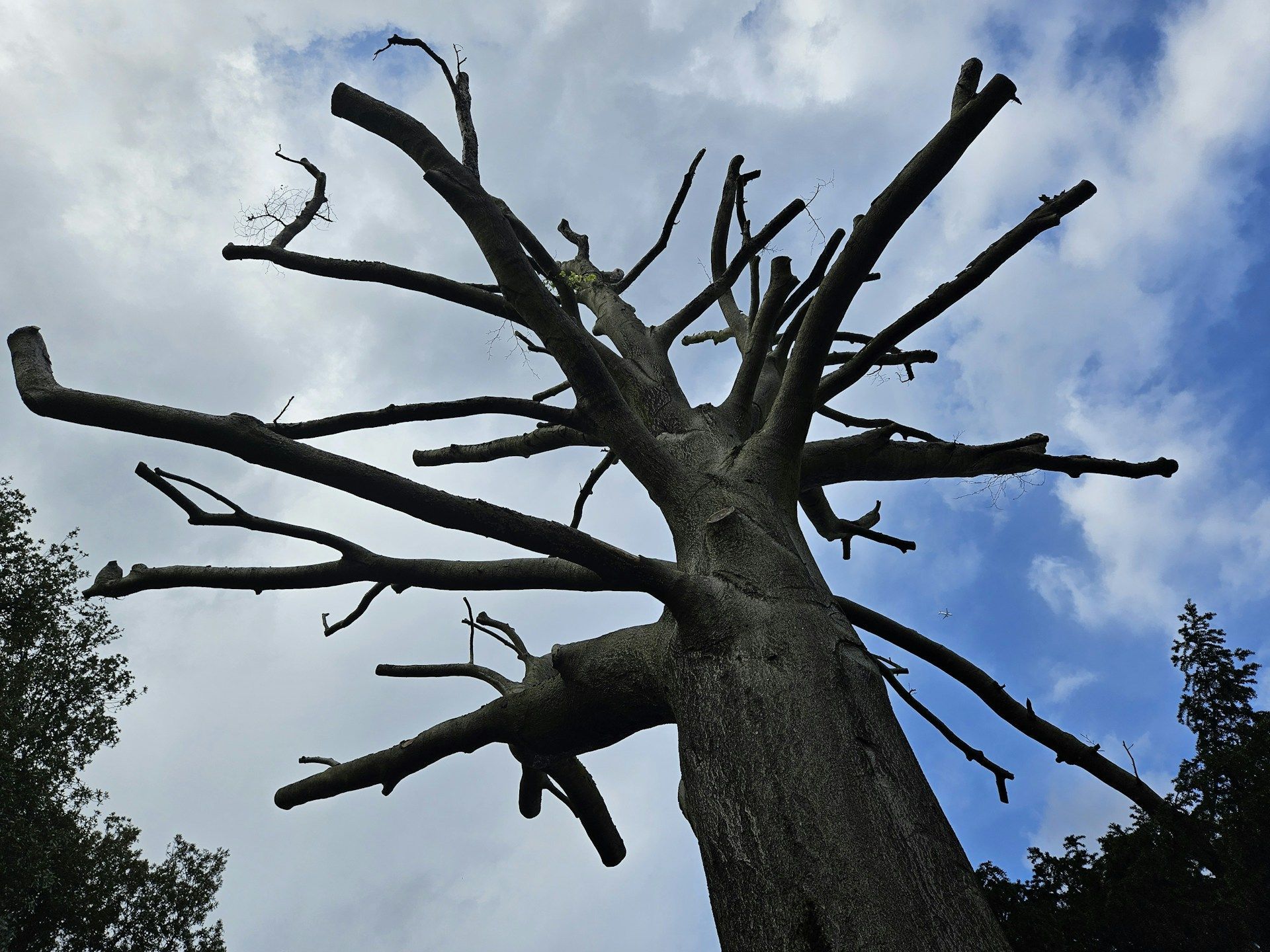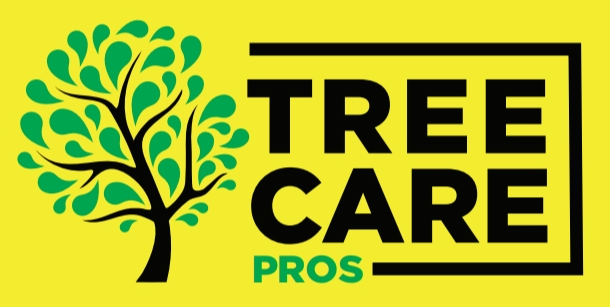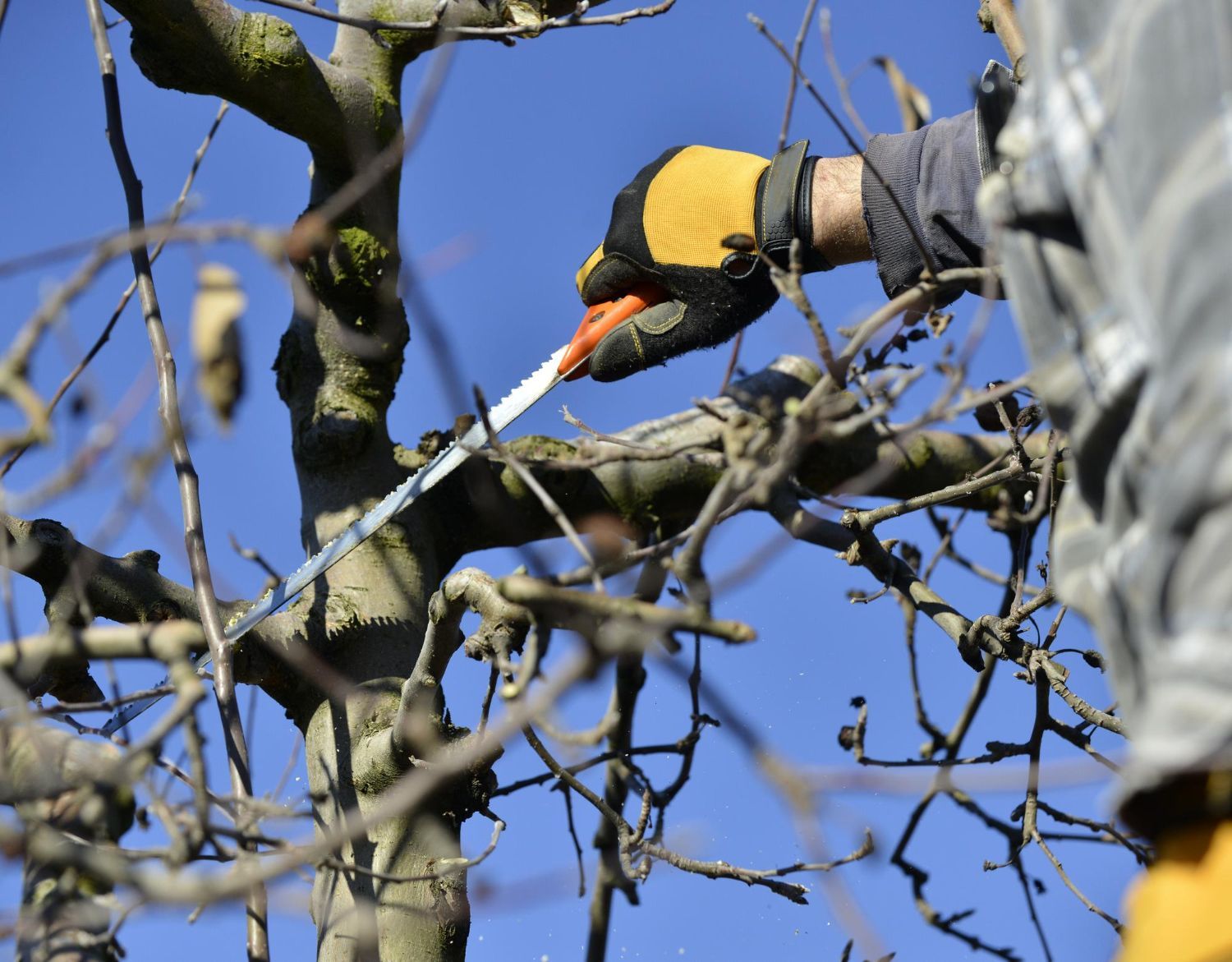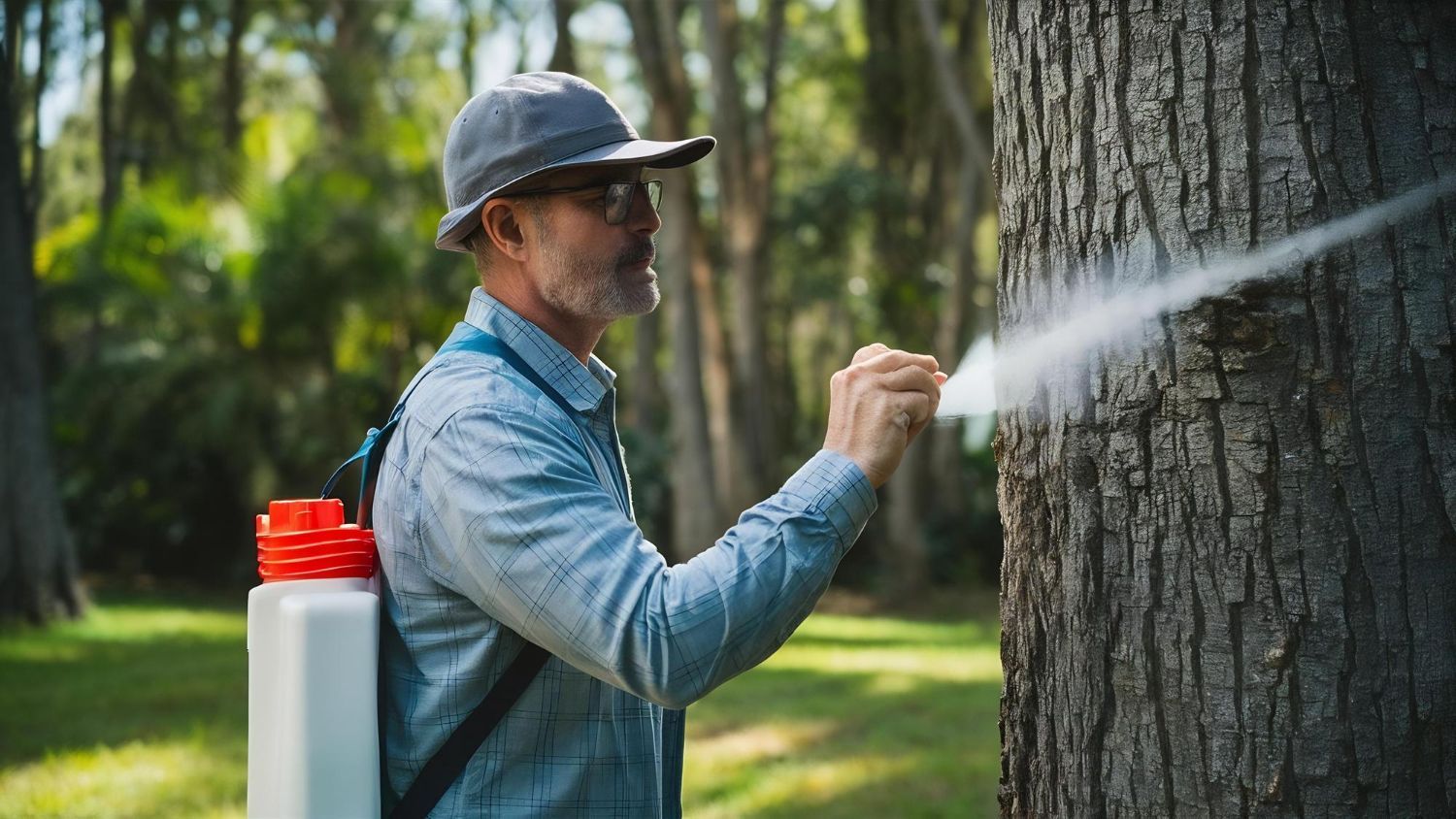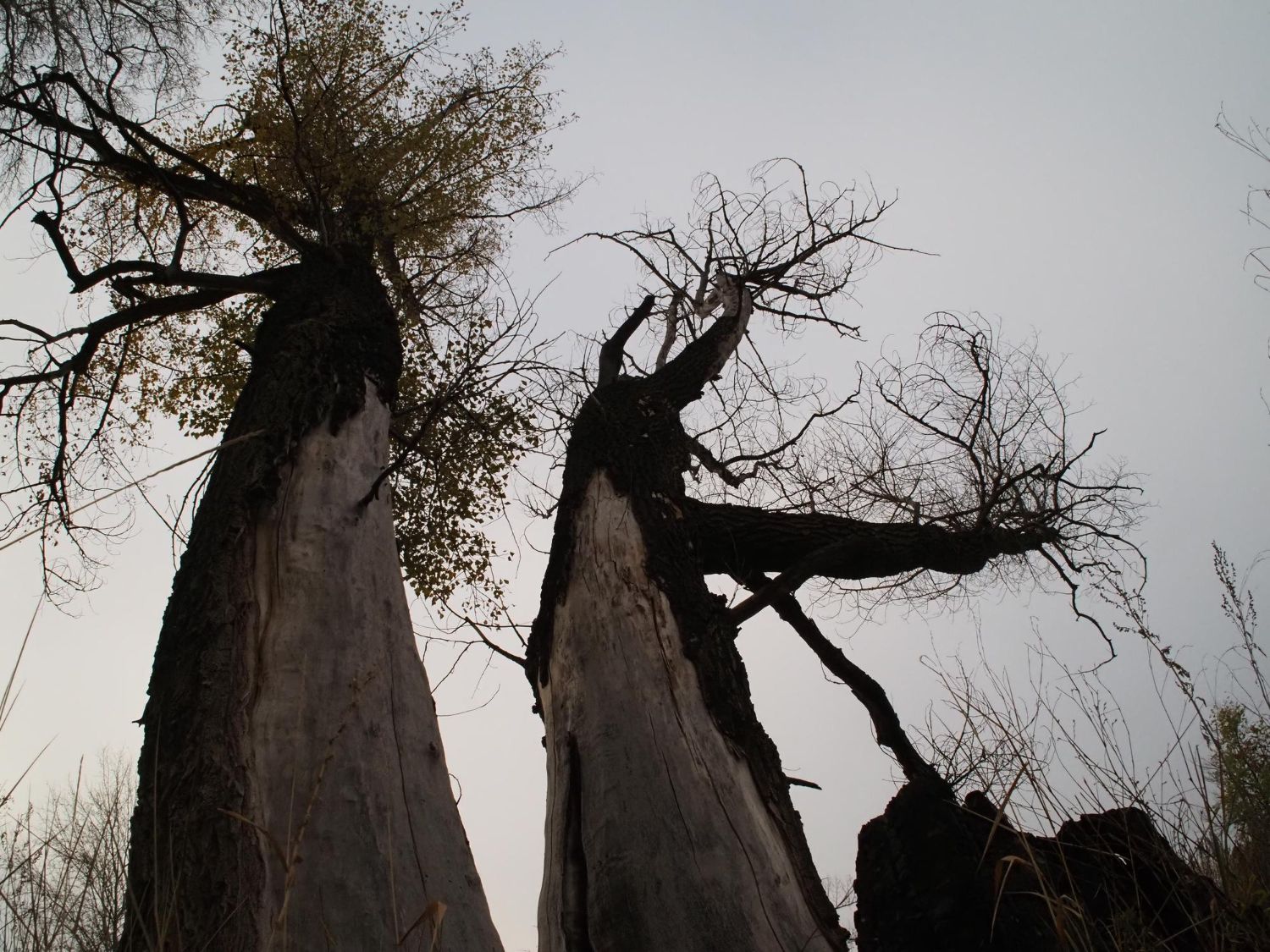Emergency Tree Removal: What You Need to Know
Facing an emergency tree situation can be a stressful and urgent experience. Trees can become hazardous for many reasons, such as storm damage, disease, or sudden structural failure. When a tree poses an immediate danger to people or property, prompt action is essential. Understanding the steps involved in emergency tree removal can help you stay calm and make informed decisions during a crisis.
In this article, we will guide you through everything you need to know about emergency tree removal, from recognizing danger signs to ensuring safety after the removal.
Recognizing the Signs of an Emergency Tree Situation
Knowing how to identify when a tree poses an immediate danger is crucial for protecting your property and loved ones. One of the first signs to look for is significant leaning or unusual movement, especially after a storm or heavy winds. If a tree is leaning more than usual, it may indicate that its roots are weakened or damaged, posing a risk of falling. Cracked or split trunks also signal a serious hazard, as the structural integrity of the tree is compromised.
Another warning sign is the presence of hanging or dangling branches, particularly large ones. These branches can break off suddenly and cause injury or property damage. Additionally, if you notice extensive decay or hollowing in the trunk or branches, this could mean the tree is dying and unstable. Watch for any changes in the surrounding soil, such as heaving or cracking, as this may indicate root problems. Promptly recognizing these signs allows for quick intervention before the situation worsens.
Immediate Actions to Take
When you identify that a tree poses an immediate danger, there are critical steps to follow to ensure safety:
1. Securing the Area – Quickly move people, pets, and valuable items away from the tree. Create a safe perimeter around the tree to prevent anyone from getting too close to a potentially dangerous situation.
2. Contacting Emergency Services – If the tree is an imminent threat to life or property, immediately call emergency services. They can offer urgent assistance and may coordinate with local authorities to manage the situation.
3. Contacting a Professional Tree Removal Service – Get in touch with a professional tree removal company, like Barrie Tree Care Pros, as soon as possible. Inform them of the emergency, and they will prioritize your case. Professionals have the skills and equipment to handle hazardous trees safely and efficiently.
4. Documenting the Situation – Take photos or videos of the tree and the surrounding area. This documentation can be useful for insurance claims or any potential post-emergency evaluations.
5. Avoiding DIY Solutions – Do not attempt to remove the tree yourself, especially in an emergency. Without proper training and equipment, you could inadvertently cause more harm or put yourself in danger.
Following these steps promptly and efficiently can help manage the risk and ensure everyone's safety until professional help arrives.
The Emergency Removal Process
During an emergency tree removal, professionals follow a meticulous process to ensure safety and efficiency. First, the crew assesses the tree's condition and decides on the best approach. They identify any hazards such as power lines, buildings, or other obstacles that could be affected by the tree's fall. This initial assessment helps in formulating a precise plan for removal.
Next, the team sets up the necessary equipment, including ropes, harnesses, and chainsaws. They may need to climb the tree to remove large branches first, making the tree lighter and easier to control. Using ropes and pulleys, branches are carefully lowered to the ground to prevent damage to nearby structures. The trunk is then cut into manageable sections. Each step is carefully coordinated to minimize risks. Throughout the process, safety is the top priority. Workers wear protective gear and follow strict protocols to ensure that everyone stays safe during the removal.
Post-Removal Safety and Inspection
After the tree has been safely removed, it’s important to address any remaining hazards and ensure the area is safe. The first step is to inspect the site for any damage caused by the tree or the removal process. Check for damage to buildings, fences, or landscaping. If you find any issues, take note and plan for repairs.
The removal team will also clean up the debris, including branches, leaves, and wood chips. This helps restore the site to a usable and safe condition. In some cases, the stump may be left behind, which can pose a tripping hazard. It’s advisable to have the stump ground down or removed altogether. Finally, a thorough inspection must be conducted to ensure no hidden dangers remain, such as exposed roots or uneven ground. Taking these steps will help you maintain a safe and secure environment after the emergency tree removal.
Conclusion
Handling an emergency tree situation effectively requires quick thinking and the right actions. By understanding how to recognize the signs of a dangerous tree and taking immediate steps to secure the area, you can prevent further harm. The emergency removal process, carried out by professionals, ensures the tree is removed safely and efficiently. Post-removal safety and inspection are also critical to ensuring your property remains hazard-free.
At Barrie Tree Care Pros, we understand the urgency and stress that come with emergency tree situations. Our team is equipped and ready to handle these challenges, providing peace of mind. If you ever face a tree emergency, don't hesitate to contact us. We're here to help keep your property safe and secure with our expert
tree removal services.

